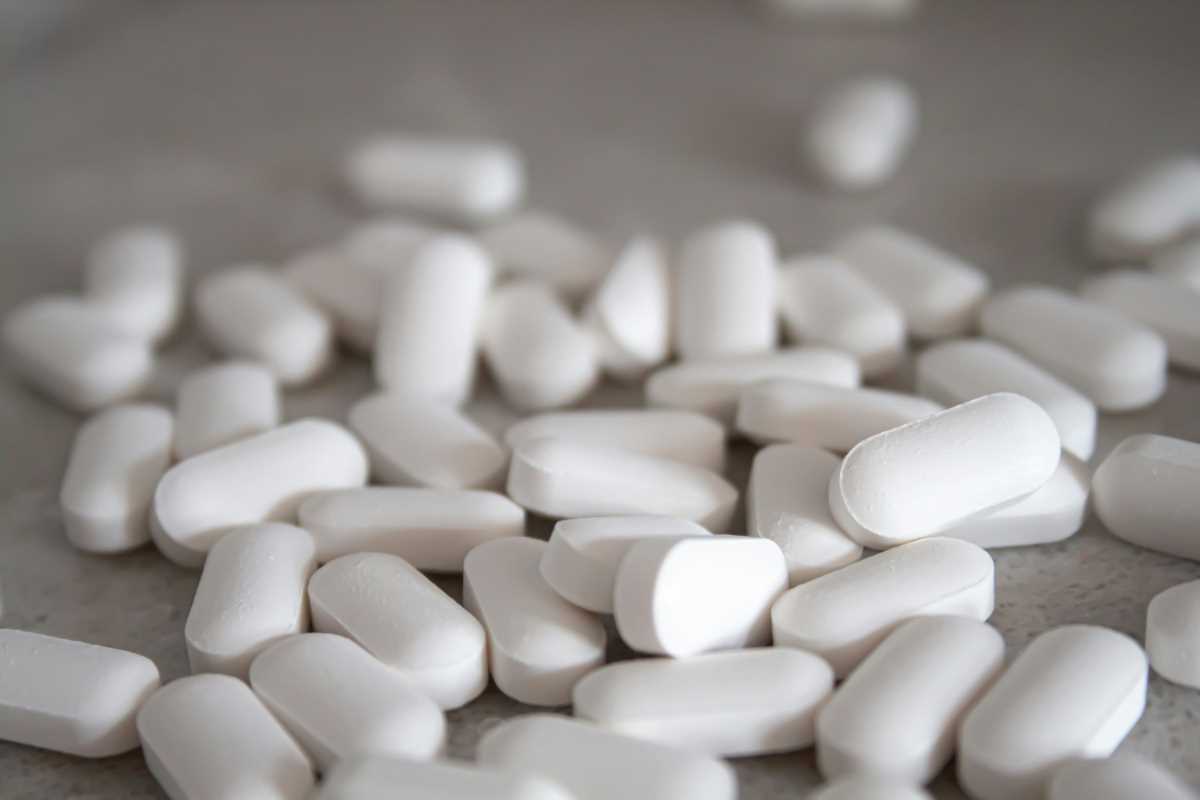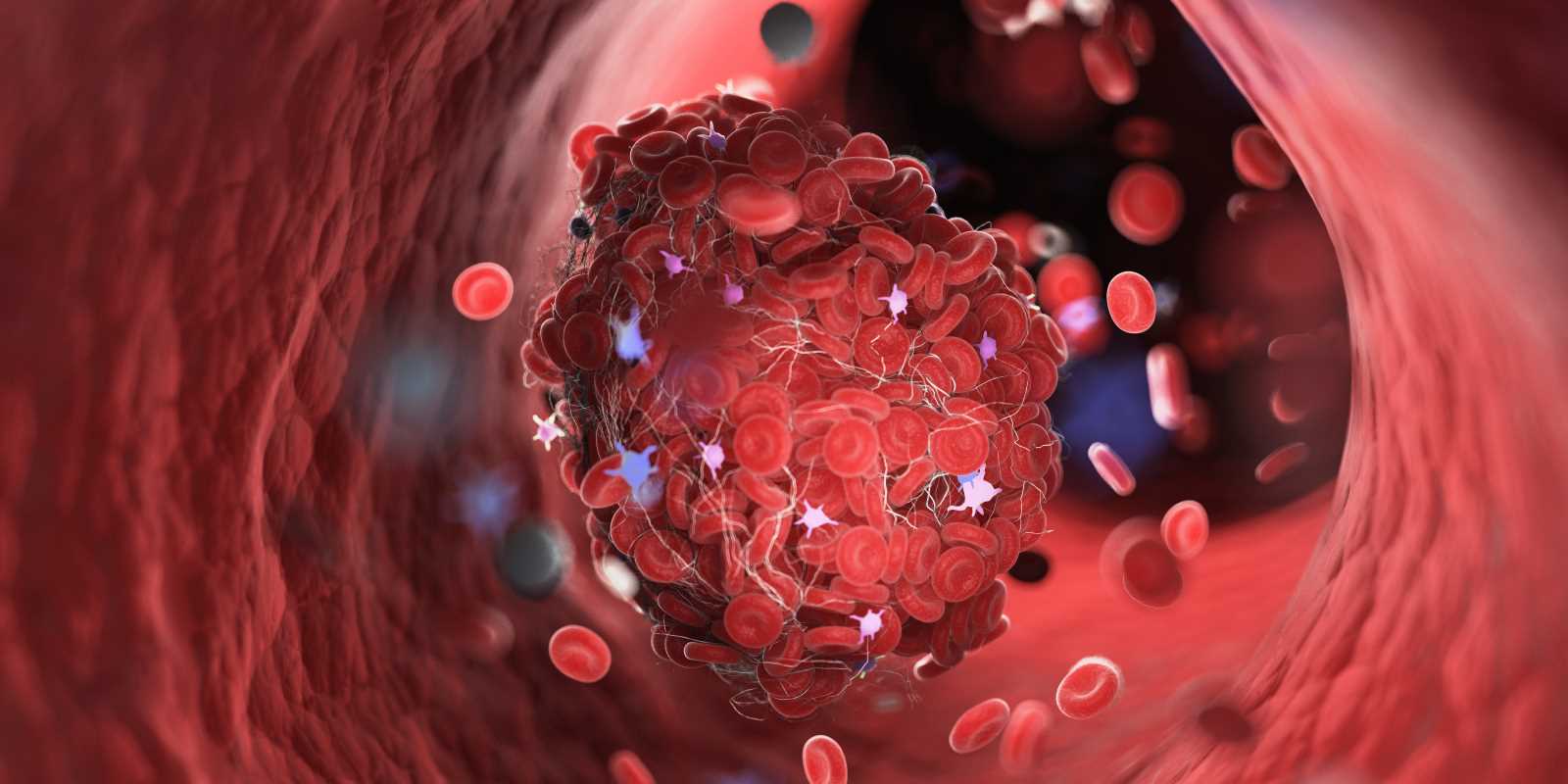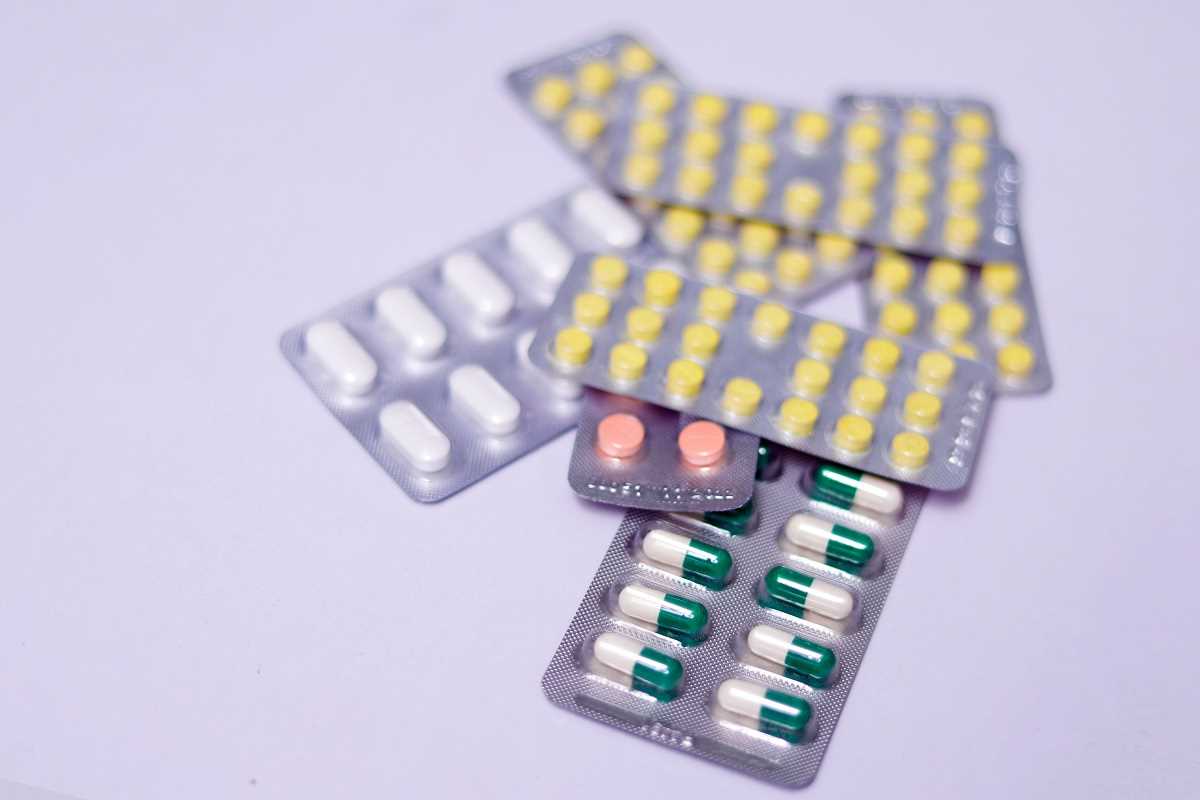Managing Type 2 diabetes has evolved dramatically over the past decade, with breakthrough medications offering hope and improved outcomes for millions of people. Among these game-changing treatments, SGLT2 inhibitors stand out as particularly revolutionary—not just for their effectiveness in controlling blood sugar, but for their remarkable ability to protect your heart and kidneys too.
If you're living with Type 2 diabetes or supporting someone who is, understanding these innovative medications could transform your approach to diabetes care. SGLT2 inhibitors represent a fresh perspective on diabetes management, working through a completely unique mechanism while delivering benefits that extend far beyond blood sugar control.
Let's explore how these medications are reshaping diabetes treatment and discover whether they might be the missing piece in your diabetes management strategy.
Understanding SGLT2 Inhibitors: A New Approach to Diabetes Care
SGLT2 inhibitors work through an ingenious mechanism that harnesses your body's natural waste removal system. The acronym stands for sodium-glucose co-transporter-2, which refers to a protein in your kidneys responsible for reabsorbing glucose from your urine back into your bloodstream.
How They Work Their Magic
Picture your kidneys as sophisticated filtering systems. Normally, they filter glucose from your blood but then reabsorb most of it back into your circulation. SGLT2 inhibitors block this reabsorption process, allowing excess glucose to exit your body through urine instead of recirculating.
This approach offers several distinct advantages:
- Natural glucose elimination: Your body literally flushes out excess sugar
- Reduced glucose production: Your liver produces less glucose when blood sugar levels drop
- Improved insulin sensitivity: Your body uses insulin more effectively
- Modest weight loss: Eliminating glucose calories often leads to gradual weight reduction
Popular SGLT2 inhibitors include empagliflozin (Jardiance), canagliflozin (Invokana), and dapagliflozin (Farxiga), each offering similar mechanisms with slight variations in effectiveness and side effect profiles.
Beyond Blood Sugar: The Triple Benefit Advantage
What truly sets SGLT2 inhibitors apart from traditional diabetes medications is their remarkable ability to provide three major health benefits simultaneously—a "triple protection" that addresses multiple aspects of your health.
Cardiovascular Protection
Clinical trials have demonstrated that SGLT2 inhibitors significantly reduce the risk of heart attack, stroke, and cardiovascular death in people with Type 2 diabetes. This protection appears to work through multiple pathways:
- Reduced blood pressure: The medication naturally lowers blood pressure through gentle diuretic effects
- Decreased arterial stiffness: Blood vessels become more flexible and responsive
- Improved heart muscle function: The heart works more efficiently with reduced strain
- Lower inflammation markers: Chronic inflammation decreases throughout your cardiovascular system
For adults approaching or experiencing midlife health concerns, this cardiovascular protection represents invaluable insurance for your future well-being.
Kidney Health Preservation
Diabetes poses significant threats to kidney function over time, but SGLT2 inhibitors offer protective benefits that can slow or prevent kidney disease progression. These medications:
- Reduce protein spillage: Less protein appears in your urine, indicating healthier kidney function
- Lower kidney pressure: Decreased workload on your filtering systems
- Preserve kidney structure: Long-term studies show maintained kidney tissue health
- Delay dialysis needs: Many patients experience slower progression toward kidney failure
This kidney protection proves especially valuable as you age, helping maintain your independence and quality of life.
Metabolic Health Improvements
SGLT2 inhibitors support overall metabolic health through several mechanisms:
- Weight management: Most people experience modest but sustained weight loss
- Reduced abdominal fat: Particularly effective at targeting dangerous belly fat
- Improved insulin sensitivity: Your body responds better to both natural and injected insulin
- Better blood pressure control: Natural diuretic effects support healthy circulation
Comparing SGLT2 Inhibitors to Traditional Diabetes Treatments
Understanding how SGLT2 inhibitors stack up against conventional diabetes medications helps you make informed treatment decisions with your healthcare provider.
Traditional Metformin
Metformin remains the gold standard first-line treatment for Type 2 diabetes, working by reducing glucose production in your liver and improving insulin sensitivity. While highly effective and affordable, metformin doesn't offer the cardiovascular and kidney protection that SGLT2 inhibitors provide.
Many healthcare providers now prescribe SGLT2 inhibitors alongside metformin for enhanced diabetes control with comprehensive organ protection.
Insulin Therapies
Insulin therapy effectively controls blood sugar but carries risks of weight gain and hypoglycemia (dangerously low blood sugar). SGLT2 inhibitors complement insulin therapy by reducing insulin requirements while providing additional protective benefits.
The combination approach often allows people to use lower insulin doses while maintaining excellent blood sugar control.
Other Diabetes Medications
Compared to sulfonylureas, DPP-4 inhibitors, and GLP-1 receptor agonists, SGLT2 inhibitors offer unique advantages:
- Lower hypoglycemia risk: Unlike some diabetes medications, SGLT2 inhibitors rarely cause dangerously low blood sugar
- Weight benefits: Most diabetes medications either cause weight gain or remain weight-neutral, while SGLT2 inhibitors often promote modest weight loss
- Organ protection: Few diabetes medications offer the cardiovascular and kidney protection that SGLT2 inhibitors provide
Practical Considerations for Treatment Success
Successfully incorporating SGLT2 inhibitors into your diabetes management requires understanding practical aspects of treatment and working closely with your healthcare team.
Getting Started
Your healthcare provider will evaluate several factors before prescribing SGLT2 inhibitors:
- Current kidney function: These medications require adequate kidney function to work effectively
- Blood pressure status: Your provider may adjust blood pressure medications
- Other health conditions: Certain conditions may influence treatment decisions
- Current medication regimen: Potential interactions with existing treatments need evaluation
Starting treatment typically involves beginning with the lowest effective dose and gradually increasing based on your response and tolerance.
Monitoring Your Progress
Regular monitoring ensures optimal treatment outcomes and early detection of any concerns:
- Blood sugar levels: Continue regular glucose monitoring as directed
- Kidney function tests: Periodic blood tests assess kidney health
- Blood pressure checks: Monitor for changes that might require medication adjustments
- Weight tracking: Document gradual weight changes over time
- Urinalysis: Occasional urine tests check for potential complications
Lifestyle Integration
SGLT2 inhibitors work most effectively when combined with healthy lifestyle practices:
- Consistent hydration: Drink adequate water throughout the day to support kidney function
- Regular physical activity: Exercise enhances the medication's effectiveness
- Balanced nutrition: Continue following your diabetes meal plan
- Stress management: Maintain healthy stress levels for optimal blood sugar control
Understanding Potential Side Effects
Like all medications, SGLT2 inhibitors can cause side effects, though most people tolerate them well. Understanding potential concerns helps you recognize when to contact your healthcare provider.
Common Side Effects
Most side effects are mild and improve with continued use:
- Increased urination: Expected effect due to glucose elimination through urine
- Mild dehydration: Easily managed with adequate fluid intake
- Genital yeast infections: More common in women, usually treatable with antifungal medications
- Urinary tract infections: Occasional occurrence, typically responds well to treatment
Serious But Rare Complications
While uncommon, certain serious side effects require immediate medical attention:
- Diabetic ketoacidosis: Rare condition requiring emergency treatment
- Severe dehydration: Can occur with illness or inadequate fluid intake
- Kidney problems: Usually reversible with medication adjustment
- Bone fractures: Slightly increased risk with some SGLT2 inhibitors
Your healthcare provider will discuss your individual risk factors and monitoring strategies to minimize these concerns.
Making Treatment Decisions: Is This Right for You?
Determining whether SGLT2 inhibitors fit into your diabetes management plan requires honest discussion with your healthcare team about your goals, concerns, and overall health status.
Consider these factors when evaluating treatment options:
- Current diabetes control: How well are your current medications managing your blood sugar?
- Cardiovascular risk factors: Do you have additional heart disease risk factors?
- Kidney health status: What's your current kidney function level?
- Weight management goals: Would modest weight loss benefit your overall health?
- Quality of life priorities: How important is reducing medication burden or injection frequency?
 (Image via
(Image via.jpg)





